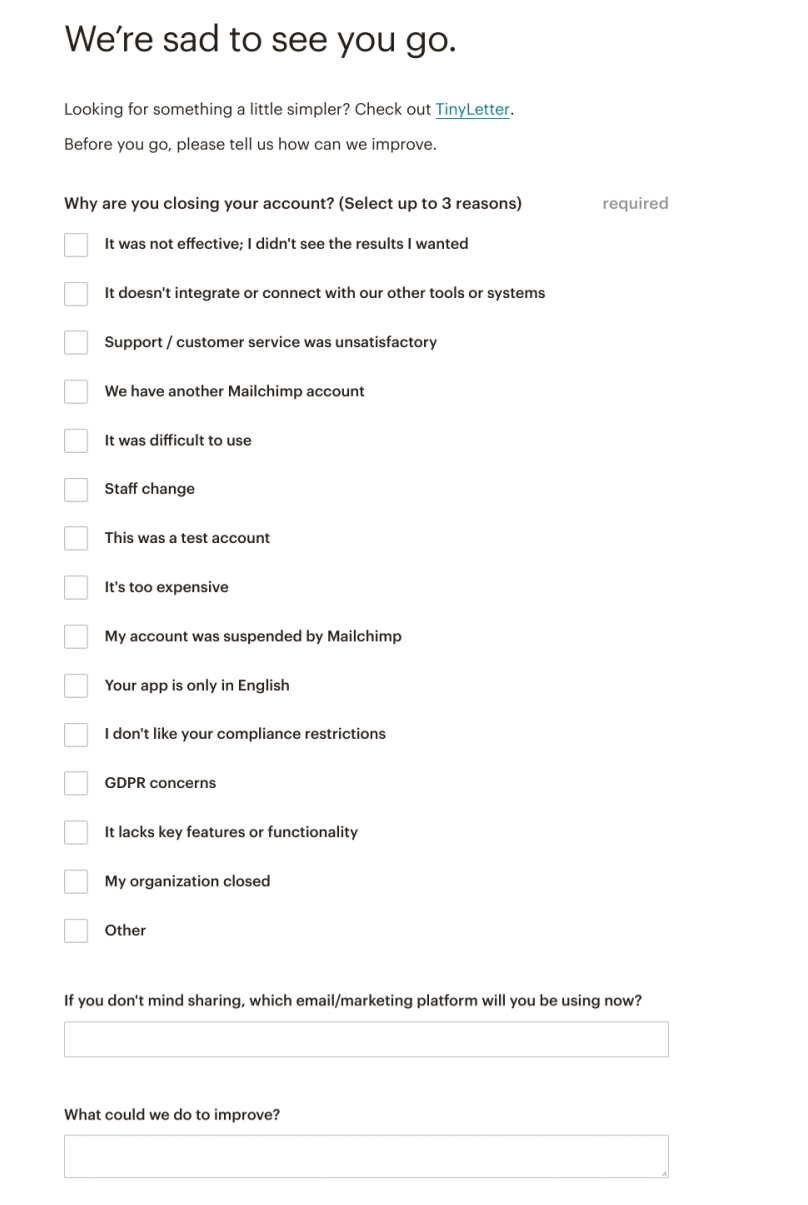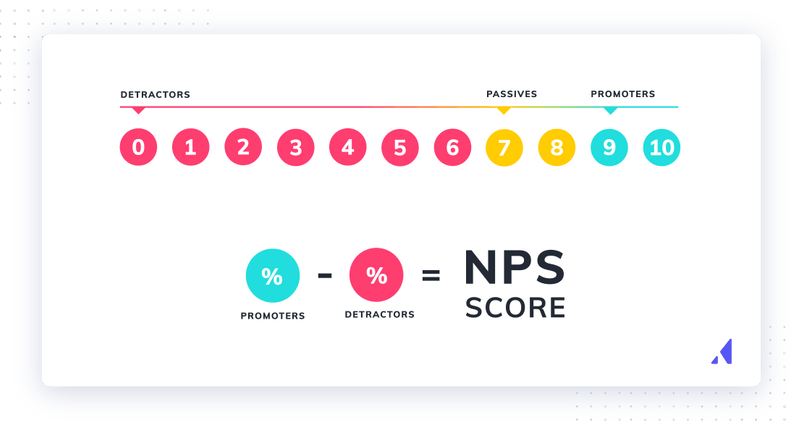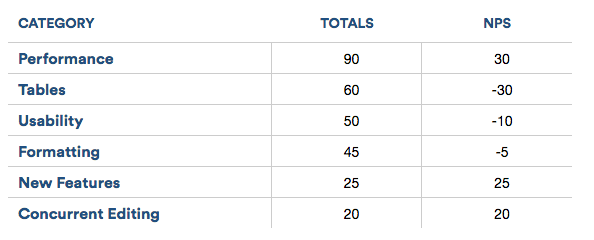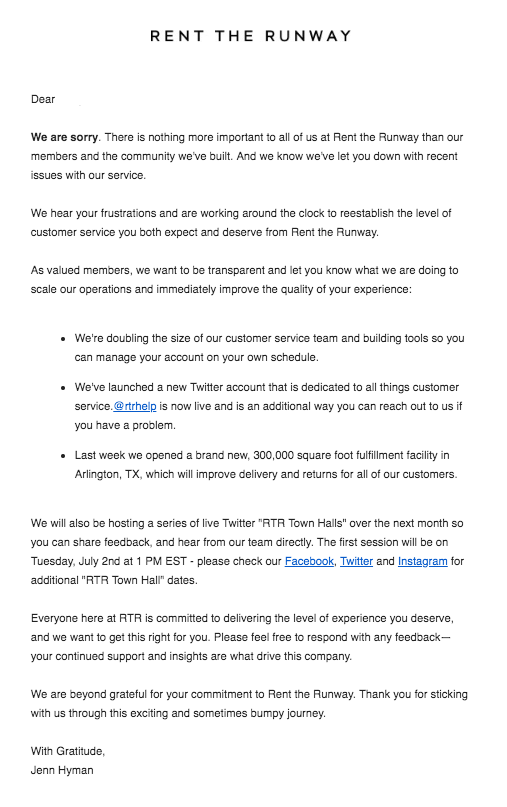6 ways PMs can collect, analyze, and leverage user feedback more effectively

.png)

.png)
This article was first published in 2018. It has been updated with fresh content and insights.
In every meeting Jeff Bezos attends, there’s an empty chair among the C-suite employees and board members. The chair represents the customer, and is meant to remind decision-makers that customers even though can’t speak at the meeting, they are stakeholders in every decision the company makes.
For PMs at the drawing board, it’s easy to get lost in the numbers of usage behavior and statistics. You might not be looking at an empty chair, but you still need to consider what the customer would think about the decisions you’re making.
PMs are often afraid to contact their customers through email, NPS surveys, or in-app messaging, too worried they’ll annoy their users or get skewed data since only their happiest or unhappiest customers will respond. And with so much behavioral data out there, do you really need to ask customers for further insight?
Of course you do. Even the most sophisticated behavioral data can’t capture the voice of your customers. Sean Ellis, founder of Qualaroo and GrowthHackers, found that having the customer’s voice “heard” through qualitative data boosted conversion by 300%.
User feedback is an invaluable resource for gaining insight into how people are (or aren’t) using your product. You just need to know how to approach the feedback process and leverage the results effectively.
Below, we’ll look at a few ways you can improve the way you gather, analyze, and leverage feedback to benefit both your customers and your company.
The first step to getting quality feedback from users is knowing when to ask for it.
The timing of your request colors the data you get, so it has to be carefully calculated in order to get honest responses and avoid interrupting users’ workflow. Most products ask for feedback from active, regular users.
But those aren’t the only folks who can provide you with valuable insights. For instance, virtually all products have a segment of users that sign up but never really get started. These folks were interested, so it's worth trying to understand their motives—both for signing up and for abandoning your app early on.
An easy way to get additional information from new users is to integrate brief questionnaire or multiple-choice form into the signup process. When well designed, this extra step will feel like onboarding, not a data grab.
Another common time to gather insight is during user offboarding.
When a customer churns, it means there’s room for improvement—often, it means your product isn't meeting their needs. Politely asking customers why they're leaving can give you valuable feedback that will help you improve your product and retain future customers.
Mailchimp does a great job with their offboarding. Their cancellation form asks for feedback about why the user is closing their account. What’s nice about this form is that it’s been designed with lazy users in mind—they can just tick off a few boxes on their way out. There is also room for more opinionated folks to provide custom responses.

As a PM, you need to know how to glean actionable insights out of (sometimes inconsistent, incomplete, or contradictory) user feedback.
Odds are, you have many different kinds of users. There are people who use your product every single day, and those who tune in every once in a while. There might be users who pay big bucks for your service, and others who are on a freemium plan. Each of these customers will have different needs and jobs-to-be-done.
Let’s say you’re using the average of all your Net Promoter Score (NPS) results to gauge how happy everyone is.

NPS is an average—if you have several cohorts represented by a single number, you’re going to miss out on a lot of nuance. A much more powerful way to analyze your data is to introduce segments to get granular with your analysis.
There’s no such thing as a single, holistic “voice of the customer.”
That’s why the ability to segment your users is so powerful. Looking at segmented responses tells you when there’s a gap between different personas or cohorts. You can then try to understand and fix that gap by looking at their qualitative responses.
Try breaking users down into specific segments based on behaviors and attributes, like:
Read more: A beginner's guide to cohort analysis: How to reduce churn and make better product decisions
Successfully implementing feedback is one of the trickiest parts of product development. When the results are properly leveraged, talking to your customers allows you to validate your ideas and cost-effectively plan product improvements. Done poorly, user feedback can distract from the real problems, bloat your product with feature creep, and eat up precious time and resources.
Without aligning the way you use customer feedback to your larger product vision, it’s easy to tumble down the rabbit hole of bad data. Janet Choi at Customer.io says that the real value in asking for feedback comes from “how you digest and address survey responses and resulting conversations—whether it’s a simple thanks for feedback, solving customer problems, or delving further for more information.”
One problem PMs are all too aware of is what Cindy Alvarez, author of Lean Customer Development, deems the “squeaky wheel syndrome,” where the loudest voices are the customers who are the most upset with your product. One unhappy customer might have a lot to say, while 15 relatively happy customers might keep their thoughts to themselves.
As Steli Efti of Close.io says, the way to mitigate the squeaky wheel syndrome is to balance user feedback out with quantity. As he writes, PMs need to “listen to 100 people instead of 1. Extract trends and patterns from the breadth of feedback and insight you receive throughout customer development—shared pains and problems that your product can solve.”
In other words, just because many of your users want something doesn’t mean you should build it—especially if you’re waiting on user testing data to back up feature roadmap prioritization.
At Atlassian, they sort NPS responses by issues the customers are commenting on—each mention merits a point. They then assemble a chart that looks like this:

By looking at how pressing the categories are (and how happy the customers are who comment on them), PMs can get a gut sense of what customers are thinking and feeling. It might not be the compass metric for guiding your product roadmap, but it’s certainly worth considering.
After you’ve analyzed your user feedback, balanced it out with quantitative data, and taken steps to solve an issue or make improvements to your product—say something! Let your customers know that you’ve heard their concerns and are working on a tangible solution.
Check out this email from ecommerce app Rent the Runway, addressing customer frustrations:

This kind of customer communication can be an incredibly effective way to improve satisfaction and loyalty—yet too many companies miss out on the opportunity to connect with their customers and set positive expectations.
Another way to reach out to your users is in your product itself. Instead of sending a single email to your entire mailing list, you could also use in-product messaging and target relevant users.
When it comes down to it, customer feedback is a rallying cry. It’s easy for product managers to get lost in the product. Listening to your actual users’ real words is an important reminder of the people on the other end of all your hard work.